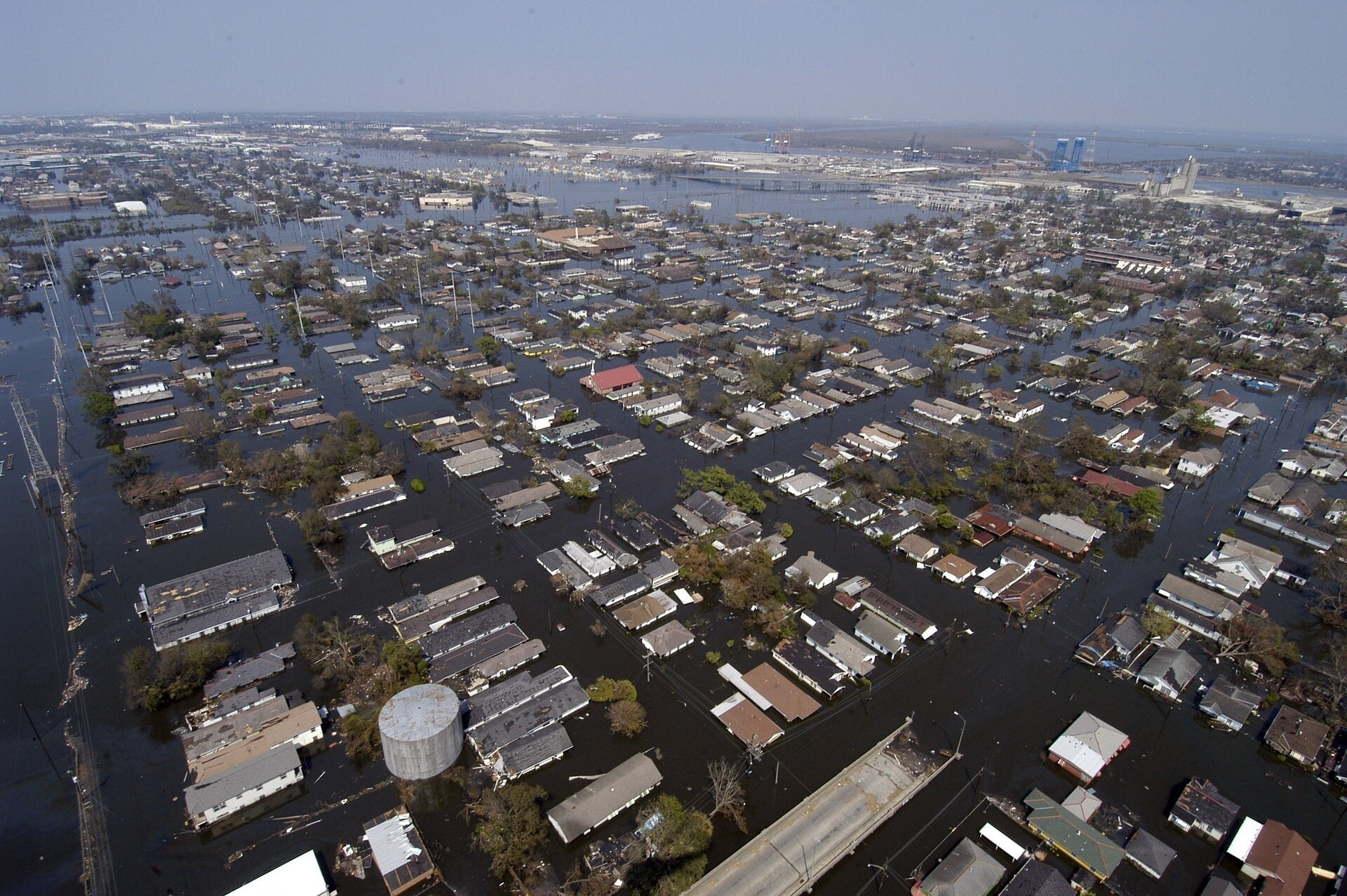You might not think it, but TB remains a major problem. This is why

TB once affected every stratum of society, but it now afflicts the most vulnerable populations. Image: REUTERS/Jim Young

Get involved with our crowdsourced digital platform to deliver impact at scale
Stay up to date:
Global Risks
It surprises many people in Europe and North America that tuberculosis (TB) remains one of the great scourges in human history. One out of every three people in the world is infected with latent or sub-clinical TB, and scientists predict that 10% of them will manifest the disease as age and other illnesses compromise their immune systems. In 2015, more than ten million new cases of TB were reported, and almost two million people died from it.
There are three reasons why TB persists: political leaders do not understand the sociology behind it, scientists lack an effective paradigm to attack it, and the rich and famous no longer die from it.
TB once affected every stratum of society, but it now afflicts the most vulnerable populations. This makes it an ideal meme for artists and activists who focus on social justice. The incidence of drug-resistant TB is on the rise, because the health-care systems of poor countries lack the resources to screen for TB and to help patients comply with their therapies.
Six countries – India, Indonesia, China, Nigeria, Pakistan, and South Africa – account for 60% of all reported TB cases. Russia may be willfully underreporting its TB burden, and some African countries do not know how many of their citizens are infected.
Political leaders have failed to understand the sociological factors behind TB. For example, the disease’s prevalence does not usually increase after natural disasters, but it did in Haiti after the 2010 earthquake, owing partly to the policies of the United Nations and USAID. Refugee camps were crowded, the sanitation was poor, children were chronically malnourished, and financial incentivescaused many to extend their stay there.
TB afflicts many people who do not vote, such as refugees, prisoners, and the destitute. Prisons and slums also serve as breeding grounds for TB, and young women on the periphery of society can infect their children. The World Health Organization states that TB-infected mothers are “associated with a six-fold increase in perinatal deaths.”
Mother Teresa worked for decades with TB’s victims in the slums of Calcutta, and observed that, “The biggest disease today is not leprosy or tuberculosis, but rather the feeling of being unwanted.” Discrimination, stigma, and isolation are not just pernicious features of weak societies; they foster conditions that facilitate TB infections and increase the rate of diffusion.
Partners in Health (PIH), which runs TB clinics in South America, the Caribbean, and Africa, may be among those who get it right. Peter Drobac, who ran their programs, told me that PIH trains people in small villages to identify the disease early and to administer treatment properly, as well as to build policy systems that focus on the underlying values of self-determination and compassion, which strengthen any society.
Innovation often comes from introducing insights and tools from a different domain. Maybe TB behaves more like cancer than like other infectious diseases. Daryl Drummond – a vice president of Merrimack Pharmaceuticals and one of the innovators behind the only second-line treatment for pancreatic cancer approved by the US Food and Drug Administration – told me that the lung lesions from a TB infection “share a marked similarity with solid tumors.” In fact, he explained, “the TB granuloma has many of the pathological features of cancer: hypoxia, a necrotic core, fibrous collagen at the outer rim, the development of a surrounding capillary network, and the presence of phagocytic cells.”
If Drummond is right, those engaged in the fight against TB could look for ways in other branches of medicine to shorten treatment duration, lower dosing frequency, reduce side effects, lower costs, and improve compliance, all at the same time. Drummond added, “We are finding ways to achieve these things in oncology."
Unfortunately, commercial innovation is slow to respond to TB. As World Bank President and PIH co-founder Jim Yong Kim points out, “If you look at the three major killers – HIV, tuberculosis, and malaria – the only disease for which we have really good drugs is HIV. The reason is simple: there’s a market in the United States and Europe.”
TB, by contrast, is often thought of as a “third-world” or poor person’s disease. Some of the most profitable and powerful pharmaceutical companies in the world, AstraZeneca and Pfizer, have left that “market” behind.
Tony Fauci, Director of the US National Institute of Allergy and Infectious Diseases, which, since 1984, has helped to lead successful global efforts against HIV and Zika, takes a different perspective. “Collectively,” he reminds us, “we should be paying more attention to what is going on around us in the world among people who don’t have the advantages that we have.” North Americans and Europeans need to lift their fingers out of “the greasy till of commerce” and see the end of TB as a challenge to our collective humanity.
It has certainly been a challenge to many of history’s greatest artists and activists. Henry David Thoreau, Eleanor Roosevelt, George Orwell, Franz Kafka, Louis Braille, Wallace Thurman, and Simón Bolívar struggled with or against alienation, isolation, and injustice. They all died of TB.
Nelson Mandela was diagnosed with TB while serving his 27-year prison term in a dank cell. Two liters of fluid were drained from his chest, and he recuperated in a hospital that had never treated a black patient.
If such eminent people contracted TB today, how fast could our governments and corporations find a cure? How many of the 400,000 children who die from TB each year could grow up, fight for social justice through art, activism, and commerce, and inspire the rest of us to do the same?
Don't miss any update on this topic
Create a free account and access your personalized content collection with our latest publications and analyses.
License and Republishing
World Economic Forum articles may be republished in accordance with the Creative Commons Attribution-NonCommercial-NoDerivatives 4.0 International Public License, and in accordance with our Terms of Use.
The views expressed in this article are those of the author alone and not the World Economic Forum.
Related topics:
The Agenda Weekly
A weekly update of the most important issues driving the global agenda
You can unsubscribe at any time using the link in our emails. For more details, review our privacy policy.
More on Global RisksSee all
Roger Spitz
May 3, 2024
Gareth Byatt and Ilan Kelman
March 11, 2024
Andrea Willige
March 6, 2024
Richard Aster
November 15, 2023
Ian Shine and Rebecca Geldard
November 14, 2023
Andrea Willige
October 26, 2023






